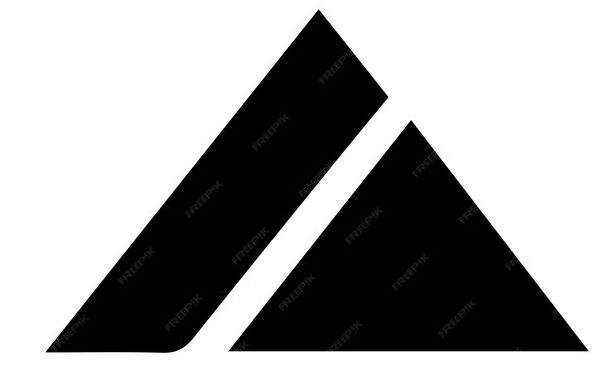What is Graphic Card? All you need to Know.
Graphic cards also known as GPUs (Graphic Processing Unit) or Video card. It is a hardware component in computers and also in gaming console. Its function is rendering images, video and animations. It process graphical data to make high quality visuals on displays like monitor or television screen.
Graphic cards are mainly used in many applications like:
- Gaming
- 3D printing
- Video editing
- Machine Learning and Artificial Intelligence
- Cryptography and Blockchains also in Cryptocurrency mining.
It handle computations in images, texture and lighting which decrees the load of CPU (Central Processing Unit).
Scroll down to get Link
Components of Graphic Card:
A graphic card consistent of many main components like:
- GPU: It is the main part of graphic card that handle parallel tasks mostly. It performs complex calculation that related to rendering pixels, polygon and shaders.
- Memory: Memory also known as VRAM and Video RAM. It is a temporary storage for textures and images. Its commonly types are GDDR6 and GDDR6X that offers high speed data access. VRAM storage capacity depends, on which performance in high resolution rendering depends.
- Cooling System: It includes fans, heat skins and sometimes liquid cooling system. It function is to prevent overheating of the GPU during heavy tasks and long time running.
- Power Connectors: It supply power from the computers power supply unit (PSU). In high performance cards, it may requires additional connectors of 6-pin and 8-pin.
- Output Ports: Its interfaces to connect with monitors and other displays like HDMI port, DisplayPort and DVI port.
How Graphic Cards Works?
1. Data Input:
The CPU send data about scenes that to be rendered like object positions, colors, and lights.
2. Processing:
The GPU breaks the scenes into single units like vertices and polygons. It also calculates shadings, lighting effects and its texture.
3. Rendering Pipeline: This process follows a series of steps like:
- Vertex Processing: It converts 3D coordinates into 2D screen. It also applies transformation like scaling, rotation, and correction.
- Rasterization: It converts geometric shapes into pixels for display. Each pixel color is determined depends on its location, lighting and texture.
- Pixel Shading: It add detailing like shadows, reflection and texture. It simulates lighting effects to create realistic visuals.
- Frame Buffering: It stores the final processed images before sending it to the display.
4. Output to Display:
The completed frame now send to monitor which refreshes at a rate e.g., 60Hz or 120Hz to display the images.

Types of Graphic Cards:
There are two types of Graphic Card:
- Integrated Graphics: It built into the CPU that share system memory (RAM). It is suitable for basic tasks like web browsing, office work and simple light gaming task.
Examples: Intel UHD Graphics and AMD Radeon Vega.
- Discrete Graphics: It separates units with dedicated memory. It is designed for heavy tasks like gaming, 3D rendering and Ai computation.
Examples: NVIDIA GeForce, AMD Radeon and Intel ARC.
How Graphic Card Benefits in Applications?
- Gaming: It enables high quality visuals with smooth frame rates (FPS). It also handles complex tasks like ray tracing, anti-aliasing and motion blur.
- Creative Work: It speed the process of rendering for 3D modeling, video editing and animations. It reduce time for process like encoding and composition.
- Ai and Machine Learning: It provides parallel processing ability for training neural networks. It also increases simulations and data analysis.
- Scientific Computing: It is useful in many fields like computational biology, fluid dynamics and Physics and simulations.
Download
Conclusion:
Graphic cards are essential for modern computing that delivers the performance needed for visual processing and complex computation calculations. High GPUs increased the capabilities of devices that ensure seamless experience in gaming and creative work. Graphic cards are especially popular for gaming usage. More powerful Graphic Card increase Games graphic and FPS.







